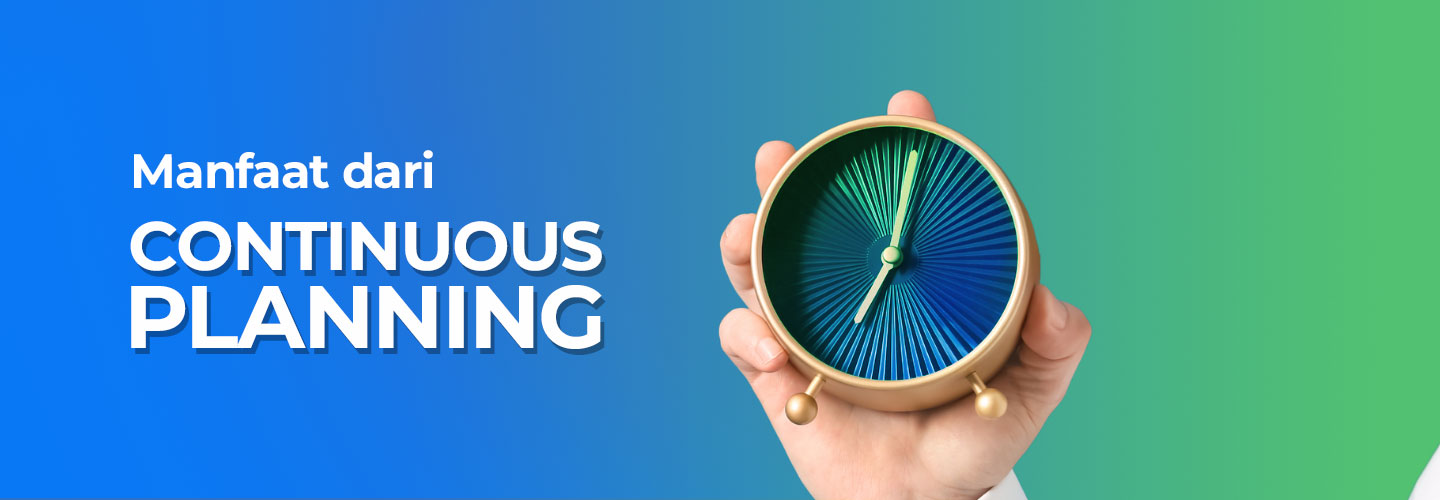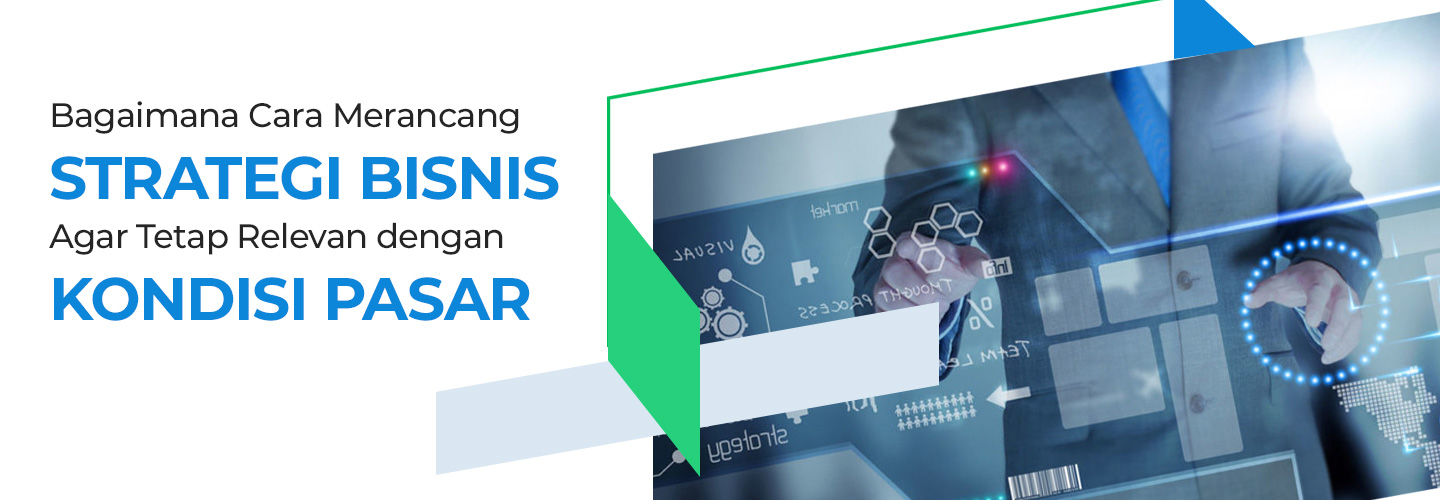Sustainable Planning and its Benefits for Business

Every business runs a process that continues to change from time to time. Company executives must be open to business processes that are developing rapidly. If you don't keep up with the times, business planning will not be profitable.
Business planning must be carried out continuously and followed by all organizational stakeholders. This will simplify the process, reduce repetitive efforts, and make scenario modeling easier in your business operations.
To stay ahead, businesses must be able to adapt and respond quickly to external factors. One way is to change priorities through continuous planning.
What is Continuous Planning?
Continuous planning is a method of planning and creating business budgets that emphasizes continuous and recurring updates rather than annual or quarterly budget cycles.
Rather than creating a single business plan or budget over a specific period, companies need to monitor internal performance and external influences. This aims to inform proactive changes and make quick decisions.
Continuous planning can also be understood as an approach to organizational leadership and management that integrates strategic and financial planning efforts. This strategy is implemented in all aspects of the organization to encourage informed, timely and data-based decision making.
Chief Finance Officers and other financial executives face enormous pressure to play an active role in organizational strategic decisions. Organizations often rely on them to gain visibility into how finances impact overall business strategy.
Continuous planning establishes an ongoing financial business plan to provide a framework and tools for aligning the organization. This covers three important areas, namely strategy formulation, strategy alignment, and performance monitoring.
Benefits of Continuous Planning
Apart from enabling organizations to quickly adapt and respond to change, continuous planning also makes organizations more agile in various ways. By utilizing the latest and accurate data, here are some of the benefits of continuous planning.
1. Smoother budgeting process
Eliminating unexpected obstacles to the budgeting process requires access to more accurate information through the cloud (rather than spreadsheets) and more precise financial forecasting capabilities help.
By continuously monitoring metrics and potential roadblocks, funding shortfalls or budget overruns become more visible. Budgets can be adjusted to stay on track rather than re-estimating annual plans.
Managing small, incremental changes throughout the year is much more effective than creating an annual plan. Just as you keep your kitchen tidy while cooking, you can reduce the need to clean up afterward.
2. Better communication
Decisions in continuous planning should not be left to chance because all parties involved are empowered to implement them. However, this approach will not work without constant and transparent communication.
As a result, continuous planning can build trust and ensure everyone in the organization is on the same page. Even better, when direct communications are based on reliable data, executives and teams can come together and talk in absolute terms rather than basing decisions on a gut feeling alone.
3. Improved team performance
When all teams in a company use one integrated platform, leaders from all business functions have more access to information. Data helps break down silos, making previously disparate teams better able to collaborate.
4. Increased confidence in forecasting
Predictions (forecasts) carried out regularly and continuously will build confidence in the reliability of the planning process. This belief increases trust among stakeholders and investors.
5. Greater efficiency
Business teams can formulate, revise, and implement beneficial changes without being burdened by plans or budgets. For example, performance assessments can be accessed through automated data analysis tools that provide real-time business insights. This helps reduce the time between analysis and decision making.
Implementing continuous planning can be an effective way to deal with changes that occur in business. Budget planning can be better predicted to still get the profits the business wants to achieve.

